Why is the color on my print different than my monitor?!
RGB vs. CMYK color guide
Your graphics are ready to print, the design has been approved by the marketing team, and now all that's left is to pull the lever for production. But there’s one worry: how to know if colors match the color of the brand? On screen, it looks fine, but will it look fine in print form?
The trouble you are experiencing here can be explained thanks to color theory! In this article, we will analyze the two color scales used to create digital artwork and why their difference might be important to you.
The difference in use
Easily described, RGB (Red, Green, Blue) is the color wheel used on digital screens, while CMYK (Cyan, Magenta, Yellow, and Black) refers to the colors on dyes and pigments, in other words, print.
RGB (Red, Green, Blue)
RGB is used primarily for devices that emit light, such as computer monitors, televisions, and smartphones because it’s based on the additive color model. This means colors are created by combining light in different intensities of red, green, and blue. When all three colors are combined at full intensity, they produce white light; the absence of all three results in black.
This also results in RGB having a wider spectrum of colors that are more vibrant.

CMYK (Cyan, Magenta, Yellow, Key/Black)
CMYK is the standard color model for color printing in the publishing industry, primarily for printing on paper and other physical surfaces. CMYK is based on the subtractive color theory, which means colors are created by subtracting (absorbing) light from white using pigments or dyes.
Combining all three primary colors (cyan, magenta, and yellow) should theoretically produce black, but due to impurities in the inks, black ink (K) is added to improve depth and detail. Due to CMYK not emitting light but subtracting it, it has a limited color range compared to RGB.
Why is this important
If RGB has a wider color range that CMYK cannot replicate..., the colors you see on screen will not entirely resemble the print despite best efforts. Even if you compare the color on your screen with a different monitor, they may differ due to the resolution or IPS calibration some monitors have.
 Sooooo….what can we do ?
Sooooo….what can we do ?
Solutions
The print industry knows this hurdle, so different printing companies come up with different solutions for this. Here at Joy Displays, we have two suggestions to help:
1. Pantone (PMS) Color Matching

Ever seen those booklets at the paint section of Walmart or Home Depot? These booklets contain standardized colors created by Pantone, a company known for its color matching system. They include variations for print such as:
- Color Swatches: Each page features a range of color swatches, each with a unique Pantone identification number.
- Color Formulations: Information on the specific ink formulations needed to achieve each color accurately.
- Color Variations: Different finishes (such as coated, uncoated, and matte) to show how colors will appear on various types of paper or materials.
The most used color booklet, also used by Joy Displays, is the Pantone CMYK Solid Coated. With this booklet, clients can pick a swatch, and the printing company will refer to it for the final print.
2. Hard Proof Color Test Print

A color test print is a sample print to evaluate the accuracy and quality of color. We can do this in two different ways:
- Print a color swatch like in the picture above, and a hard proof is sent to the client to choose a swatch.
- Print a part of your final artwork to preview how it will look once on the display.
Our test prints should deliver in 4 - 6 days to you, and once approved, that test print is used as a reference for your final print.
And that’s on Digital ART!
Understanding these differences is essential for designers and professionals who work across digital and print media. Make sure you know your color modes, and good luck on your trade show!
Trade Show Displays - Best Sellers
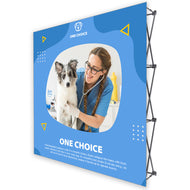
- Regular price
- $744.00
- $549.00
- Sale
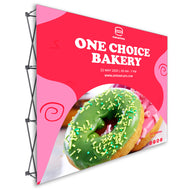
- Regular price
- $758.00
- $579.00
- Sale
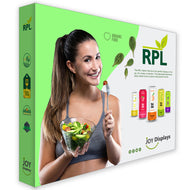
- Regular price
- $845.00
- $663.00
- Sale
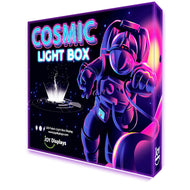
- Regular price
- $2,235.00
- $1,787.00
- Sale
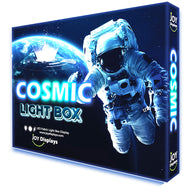
- Regular price
- $2,688.00
- $2,123.00
- Sale
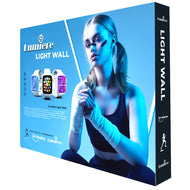
- Regular price
- $3,135.00
- $3,135.00
- Sale
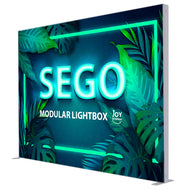
- Regular price
- $3,326.00
- $2,347.00
- Sale
